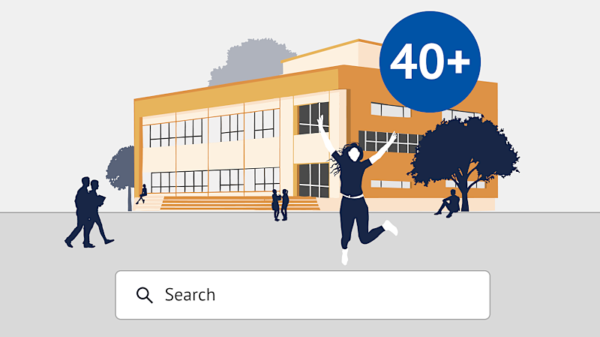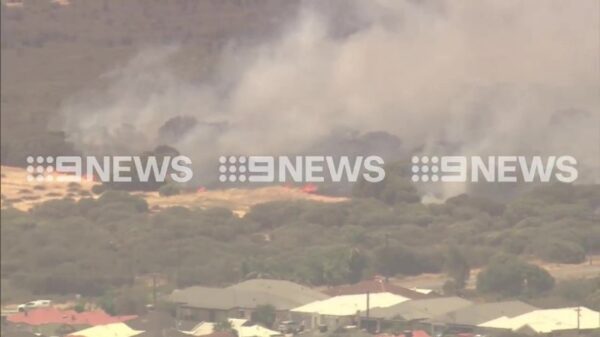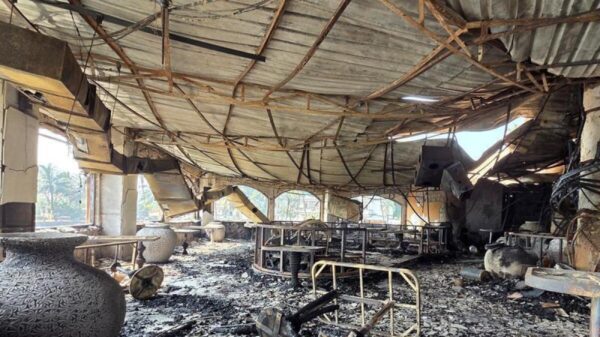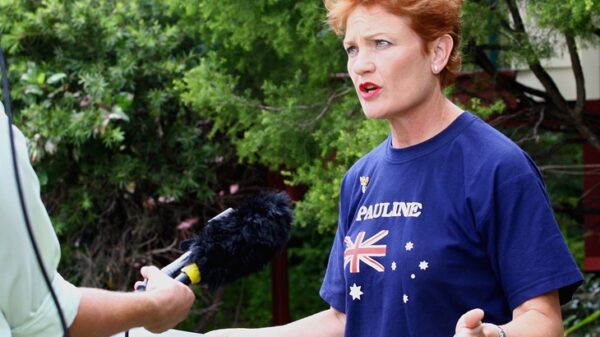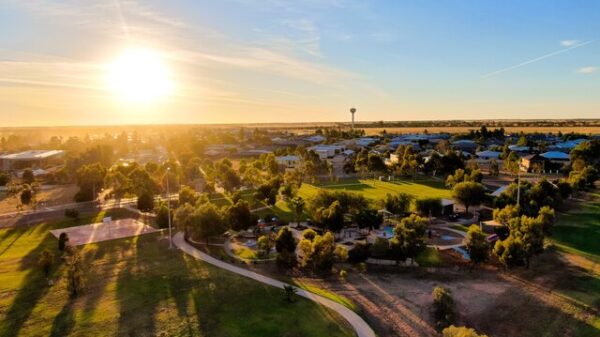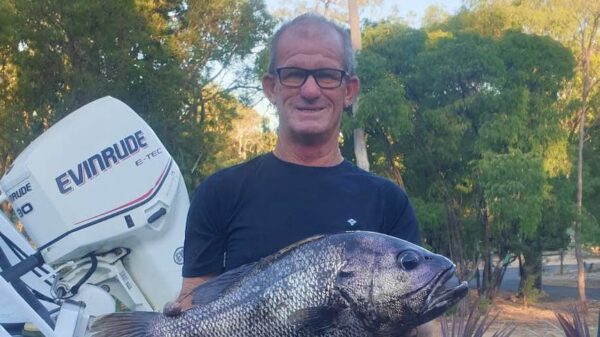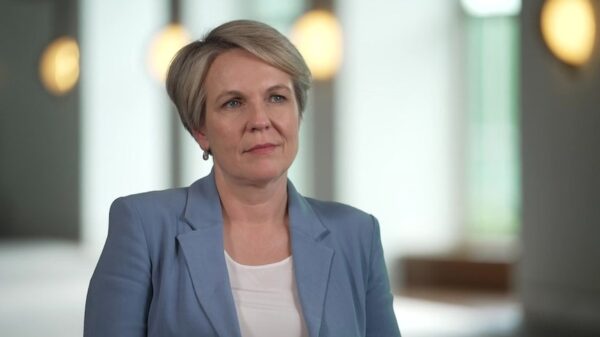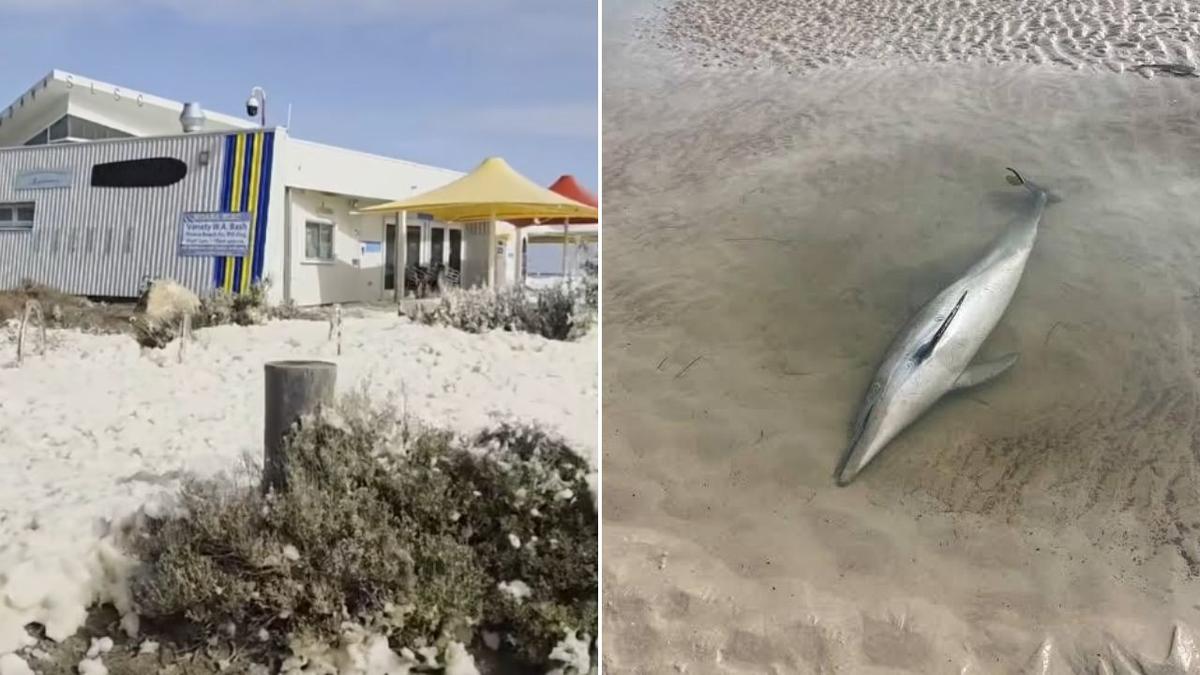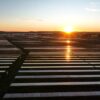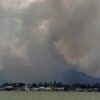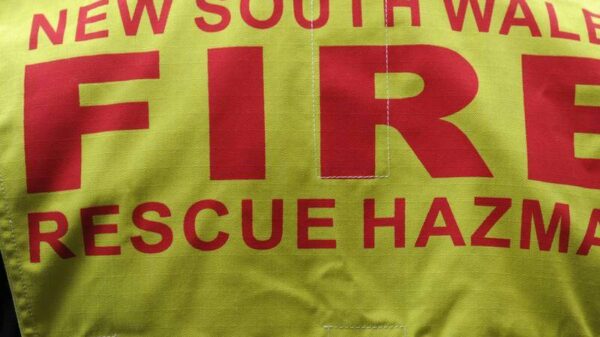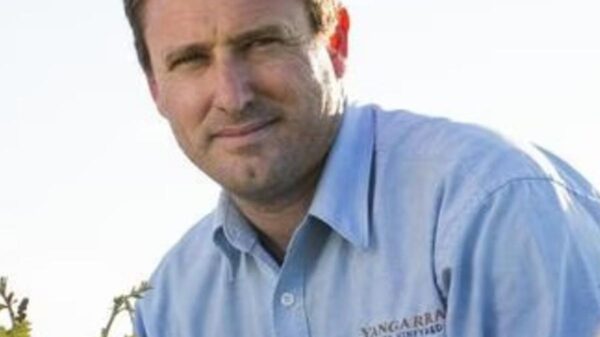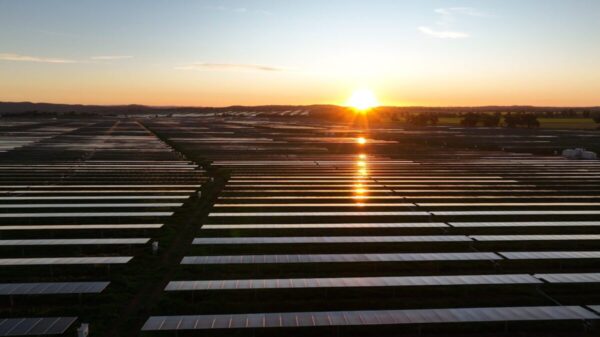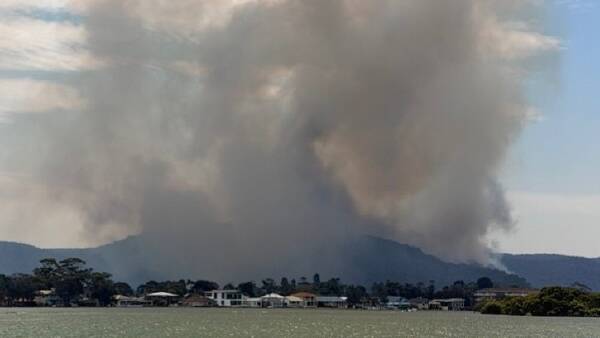The South Australian government has officially declared the ongoing toxic algae bloom affecting its coastlines a natural disaster, a move that could unlock additional federal funding. This decision comes as state Premier Peter Malinauskas announced plans to match the $14 million in federal funding allocated for immediate relief efforts.
The toxic algae bloom has been troubling the state’s coastal waters since March 2023, leading to significant environmental and economic impacts. In a statement made on Tuesday, Malinauskas emphasized the urgency of the situation, asserting, “This is a natural disaster, I think it needs to be treated as a natural disaster.” He expressed that the state government’s request for matching funds is part of a broader strategy to address the crisis effectively.
The funding will be directed towards various relief measures, including $10,000 grants for eligible small businesses affected by the algae bloom. Additional support will encompass financial counseling, mental health resources, and workforce advice, which are critical for those struggling to cope during this challenging time. This package builds on previous initiatives, such as $1,500 direct support payments to primary producers impacted by the bloom.
Funding Allocations and Future Planning
In addition to immediate relief, the government has earmarked $8.5 million for a coastal monitoring network to better track the situation and aid in future responses. Another $2 million will be allocated to establish a national biotoxins and algal blooms testing laboratory in South Australia, enhancing the state’s capability to manage and respond to similar events in the future.
Malinauskas also outlined the need for a comprehensive assessment of fish stocks in the region. With thousands of fish and marine life reported dead across the Fleurieu and Yorke Peninsulas, $3 million will be set aside for this rapid evaluation. This data will be crucial for both immediate recovery efforts and long-term sustainability of local fisheries.
As part of its broader strategy, the South Australian government plans to analyze citizen science records related to the algae bloom and develop a dedicated response plan for harmful algal blooms. Local councils will receive additional funding to facilitate beach clean-ups, aimed at restoring both the environment and public confidence in the safety of South Australian seafood.
With consumer uncertainty lingering around the safety of seafood harvested from affected areas, the government will also implement public information campaigns to reassure the public and help rebuild trust in local industries.
The situation remains fluid, with authorities closely monitoring the ongoing algae bloom and its repercussions. As the South Australian government takes decisive action, the focus will be on both immediate relief and long-term solutions to mitigate the impact of such environmental crises in the future.




